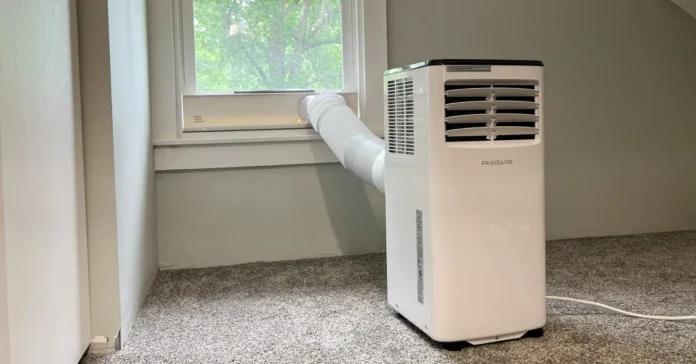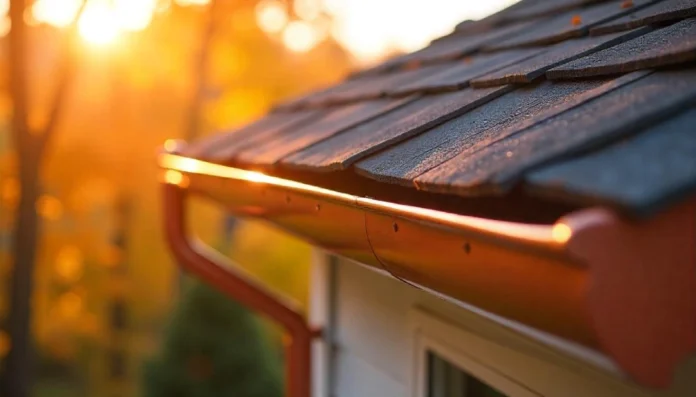Mini-split systems, or ductless air conditioners, are a smart cooling solution for homes that lack ductwork, including older houses, additions, or garages. They are space-saving and customizable but require careful consideration to ensure they perform effectively in a specific room.
This article helps homeowners understand five key things to know before installing a ductless system, drawing on the experience of working with HVAC professionals.
What Makes Ductless Systems Tick
The Ins and Outs of Ductless A ductless air conditioner combines an outdoor compressor with indoor units, typically wall-mounted, which blow cool air directly into rooms. Thin refrigerant lines and electrical cables connect the components, and each indoor unit is capable of cooling its area, or “zone”. This setup skips the energy losses of ducted systems and allows precise temperature control. Many units also double as heaters, handy for milder winters. But their success hinges on choosing the right size and setting them up correctly, which means leaning on a pro for the job.
Figuring Out Your Cooling Needs
Not every room needs the same cooling power, so sizing the system right is critical. The unit’s capacity, measured in BTUs, depends on the room’s size, layout, and environment. A unit too small will run nonstop without cooling enough, while one too big cycles on and off, wasting power and leaving air clammy. Here’s what to check:
- Room Size: Roughly 20 BTUs per square foot works as a starting point, but tall ceilings or big windows bump that up.
- Heat Sources: Rooms with lots of sunlight, electronics, or people generate extra heat, needing more BTUs.
- Insulation Quality: Poorly insulated spaces lose cool air fast, so factor in walls, windows, and attic conditions.
A tech from a company like Superior HVAC Service provides HVAC Services in Canada, air conditioner repair, air conditioner installation, diagnostics, and troubleshooting for all HVAC devices.
What Installation Involves and Costs
Installing a ductless system is less invasive than ducted HVAC but still needs skilled work. The outdoor unit sits on a flat, sturdy base, ideally close to the indoor units to keep connecting lines short. Indoor units need wall space and a way to drain condensation. Key setup details include:
- Power Requirements: Older homes might need a new circuit or electrical panel tweak to support the system.
- Local Permits: Refrigerant and electrical work typically require permits that contractors obtain in most locations.
- Price Tag: Should cost between $ 1,500 and $ 4,500 per zone, based on the size of the units, the length of the lines, and labour rates.
Ductless systems are more expensive than a window unit, but they save money on energy costs, as well as duration of use, which often evens out cost over time.
Keeping the System in Shape
Maintaining the System fit for Ductless units does not require a lot of maintenance, although regular maintenance is necessary to keep them working efficiently. Rinsing or vacuuming indoor filters once a month, especially during heavy use seasons, helps prevent clogging, which can cause airflow issues as well as put a strain on the system. The outdoor unit must have air to breathe; therefore, it should not be covered with leaves, dirt or snow. An annual pro-tune-up, which costs roughly $ 100 to $ 200 via a service such as Superior HVAC Service, involves coil cleaning and a check of the refrigerant to keep things running smoothly for 15 to 20 years.
How It Looks and Feels in Your Home
Ductless systems are compact, but their indoor units are visible, typically high on a wall, which might not vibe with every room’s style. Placement affects both comfort and looks, so plan carefully. Other impacts to consider:
- Sound Levels: Indoor units are tranquil, approximately 25 decibels. However, the outdoor compressor may be audible if it is located near a patio or neighbouring window.
- Room-by-Room Control: Multi-zone systems allow for the control of temperature in different rooms, which is particularly helpful when a family has members with varying temperature preferences.
- Space Requirements: Indoor units must have clear space on the walls, whereas the outdoor unit should have at least a few feet of open space to allow for airflow and easy access in case of repairs.
Discuss the placement with the installer to ensure the units operate efficiently and do not disrupt the home’s flow.
Saving Energy and Going Green
Ductless systems are very efficient, with many having a SEER rating of 20 or more, which is significantly higher than older central air conditioners, which typically have a SEER rating of around 12. Their inverter technology adjusts the speed of the compressor to the level of cooling requirements, reducing energy consumption. Compared to window units or older models, homeowners save 25-40 percent on cooling costs. They also feature refrigerants such as R-410A, which are more environmentally friendly compared to the old-school R-22. Check for Energy Star models and local utility rebates to stretch savings further.
Where Ductless Might Fall Short
Ductless systems aren’t a one-size-fits-all fix. They’re perfect for cooling specific rooms but can get costly if outfitting a whole house with multiple zones. In freezing climates, their heating mode may require a backup unless they’re specifically designed for extreme cold. If a home already has good ductwork, a central system may be a more cost-effective option overall. Consider the home’s size, layout, and existing HVAC system before making a decision.
Picking a Solid Installer
The wrong installer can compromise a ductless system, resulting in leaks, noise, or premature breakdowns. Choose a licensed HVAC contractor with experience in mini-split systems. Ask for past job examples, check reviews, and confirm they’re insured. A reliable pro will size the system, map out placement, and handle permits while explaining the process clearly. Steer clear of dirt-cheap bids that might skimp on quality or fail to meet code requirements.
By grasping these five points—how the system works, sizing needs, setup costs, maintenance, and home impacts—homeowners can confidently choose a ductless air conditioner. Getting it right means a cool, efficient home for years to come.



